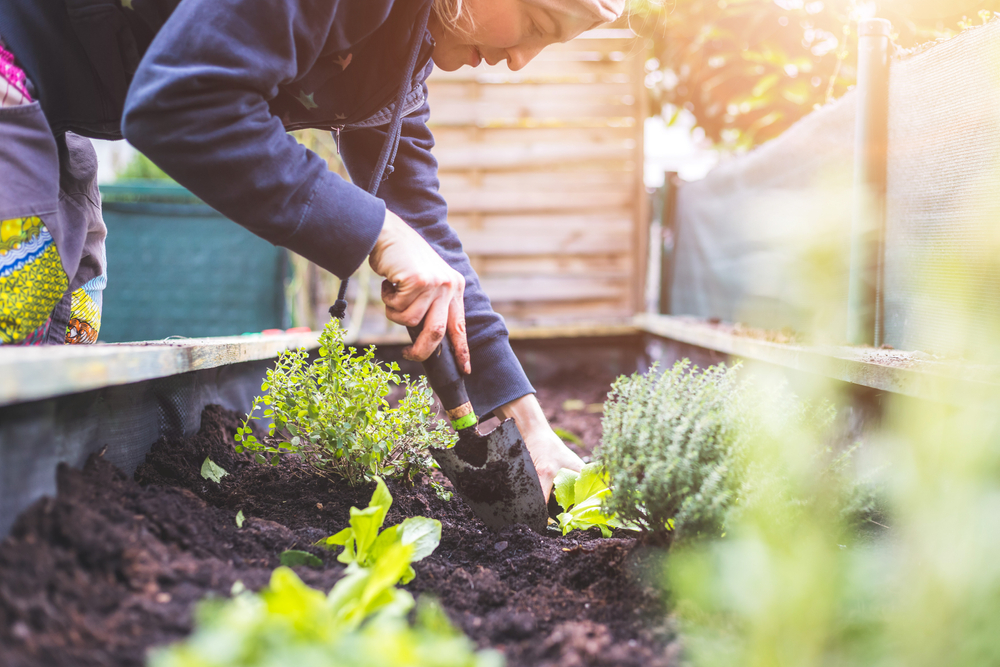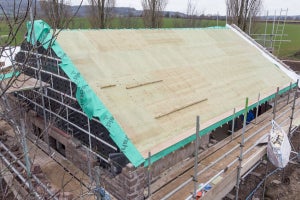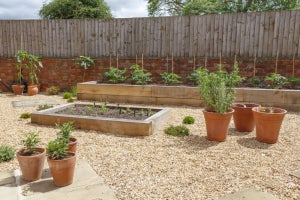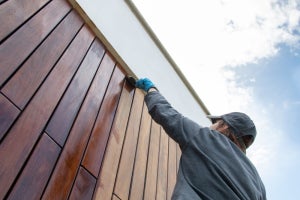How to Build a Raised Garden Bed

Raised garden beds are a versatile and practical addition to any garden. Whether you're an experienced gardener or just starting out, these elevated planting areas offer numerous benefits for your garden, including improved soil quality and better pest control. In this post, we'll walk you through how to build a raised garden bed and explore the various uses and advantages they offer.
Building a Raised Bed
Before you dive into the construction of your raised bed, you'll need to gather materials and decide on a location. Follow these steps to get started:
1. Choose a Suitable Location
Select a sunny spot in your garden that receives at least 6 hours of sunlight each day, if possible. Additionally, ensure proper drainage to prevent waterlogged soil, which can harm your plants' roots.
2. Gather Materials and Tools
We recommend that you will need the following materials and tools for this project:
Wood, such as railway sleepers, brick or stone for constructing the bed walls as well as:
A saw
A level
3. Determine Size and Shape
The size and shape of your raised bed are essential considerations. The typical width is around 3-4 feet, as this allows you to reach the centre comfortably from both sides. Length can vary based on your available space, but an average length is between 8-12 feet. Raised beds can be rectangular, square or even circular, depending on your preference and garden layout.
4. Construct the Bed
Now, it's time to assemble your raised bed:
Cut the wood, brick or stone into the desired lengths.
Assemble the walls, ensuring they are level and square.
Use screws or nails to secure the corners and reinforce the structure. Note that you'll need landscaping or structural, hex head woodscrews that's are between 150-250mm, to secure the sleepers together.
5. Prepare the Ground
Before filling your raised bed with soil, clear the designated area of grass and weeds. To prevent weed growth inside your raised bed, lay down a weed-proof membrane at the bottom.
6. Fill the Bed
Choose a high-quality gardening soil mix or compost to fill your raised bed. Aim for a depth of 12-18 inches to provide ample root space for your plants. You can also add organic matter such as compost or manure to enrich the soil.
Uses of Raised Garden Beds
Now that your raised garden bed is ready, let's explore the various uses and advantages:
1. Improved Soil Quality
One of the primary benefits of a raised bed is that you have complete control over the soil composition. You can amend the soil with organic matter and nutrients, ensuring your plants receive the best possible growing conditions.
2. Enhanced Drainage
Raised garden beds offer superior drainage compared to ground-level planting. Excess water can quickly drain away, preventing waterlogged soil that can lead to root rot. This is especially important in areas with heavy rainfall or clay soils.
3. Pest Control
Elevating your plants in a raised bed can make it easier to install protective barriers, such as mesh or row covers to keep pests at bay. They also deter burrowing pests, which can be a nuisance in some areas.
4. Extended Growing Seasons
The elevated nature of raised garden beds allows the soil to warm up faster in the spring, enabling earlier planting. In the autumn, they retain heat more effectively, extending the growing season for winter crops.
5. Style and Organisation
Raised garden beds can be aesthetically pleasing additions to your garden. They provide a neat and organised layout for different crops, making it easier to plan your garden space.
6. Intensive Planting
You can space plants more closely in a raised bed, maximising your garden's productivity. This minimises wasted space and allows you to grow more in a smaller area.
7. Better Soil Structure
Raised beds prevent soil compaction, as you don't need to step on the growing area. Loose soil promotes healthy root development, improving overall plant growth and yield.
Building a raised garden bed is a rewarding project that can enhance your gardening experience. Whether you're aiming for better soil quality, improved drainage or easier access, raised garden beds offer a solution. By following the steps outlined in this guide, you can create a raised bed that not only enhances your garden's functionality but also adds beauty and organisation to your outdoor space. So, roll up your sleeves, gather your materials from Mill Timber Direct and start building your raised garden bed today. Your garden will thank you with better harvests and vibrant flowers.







